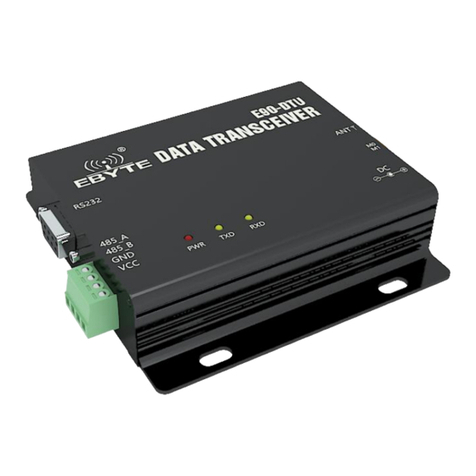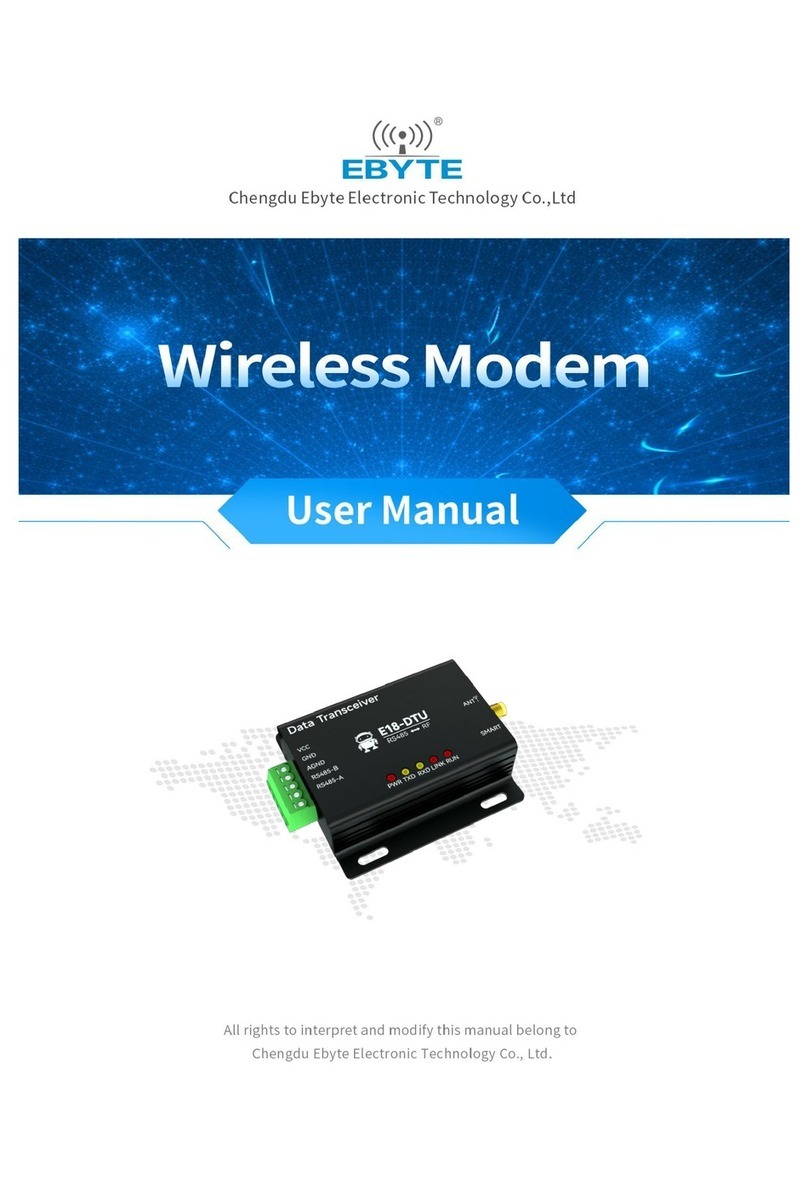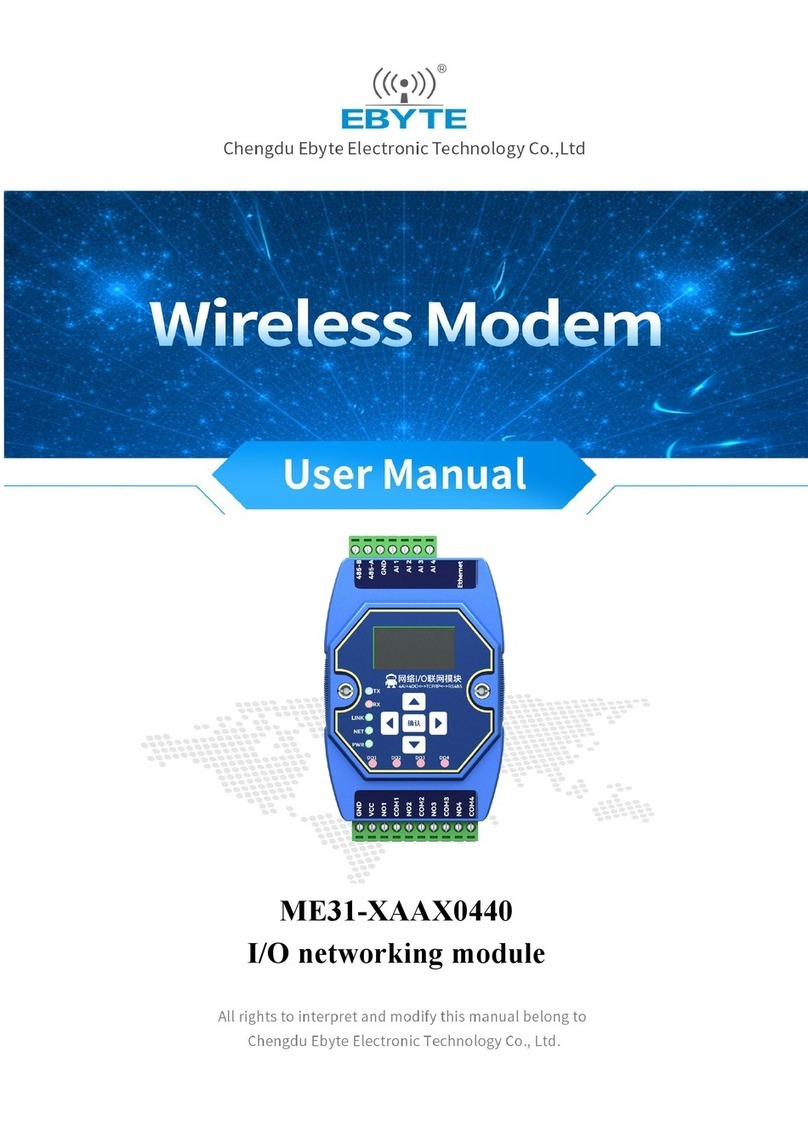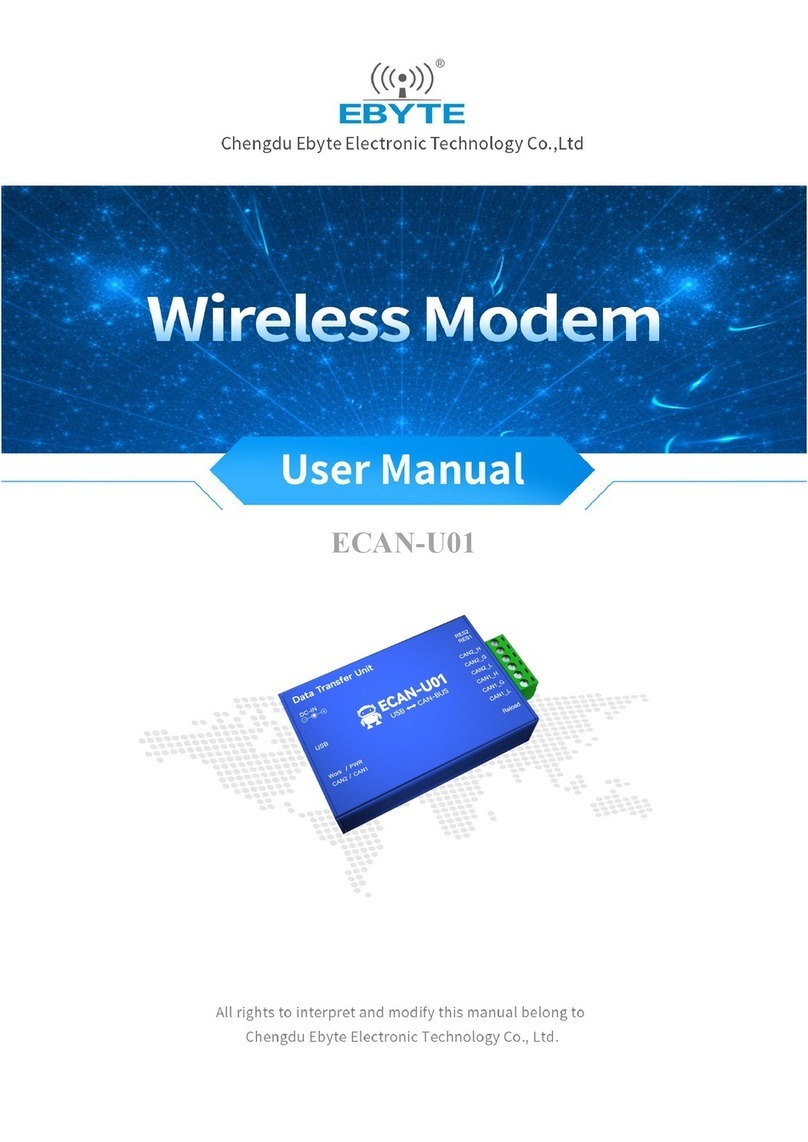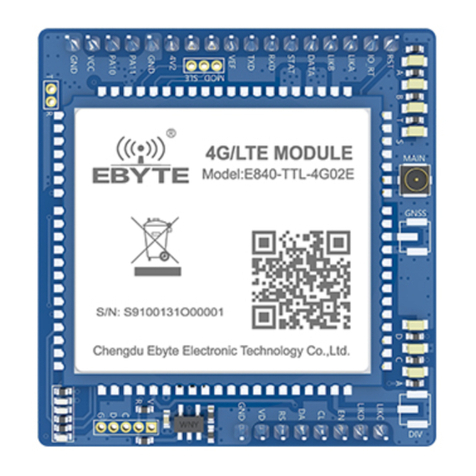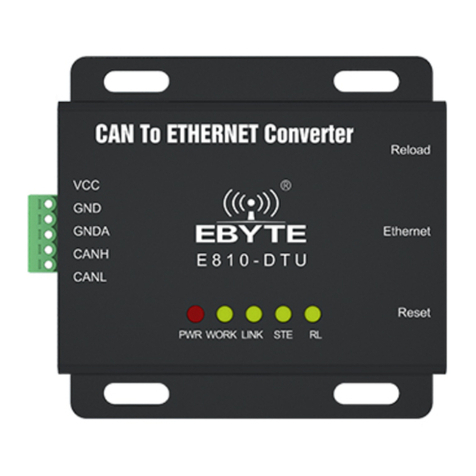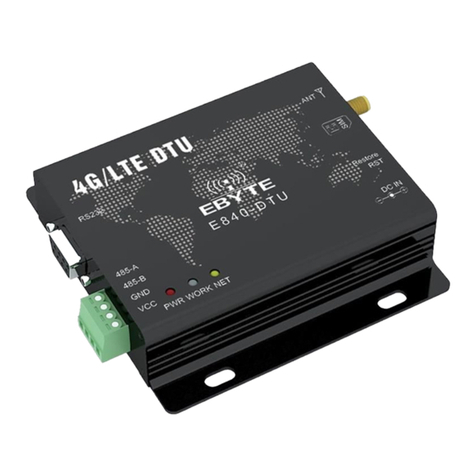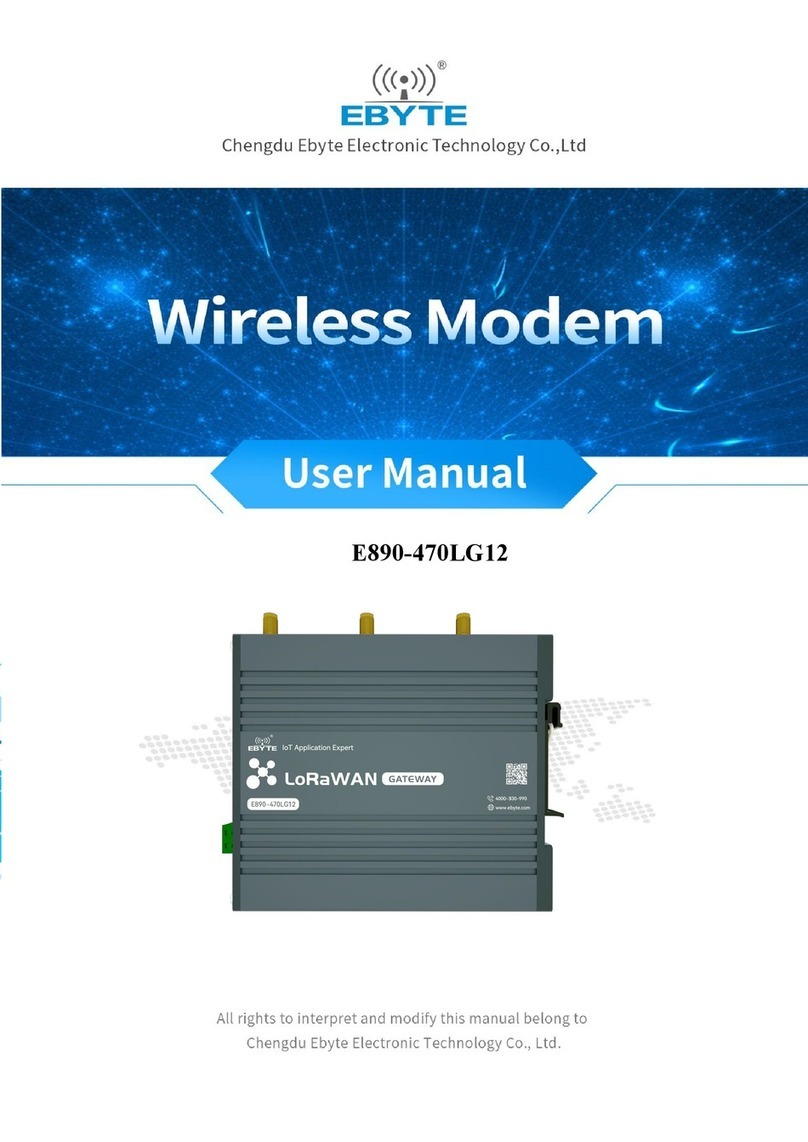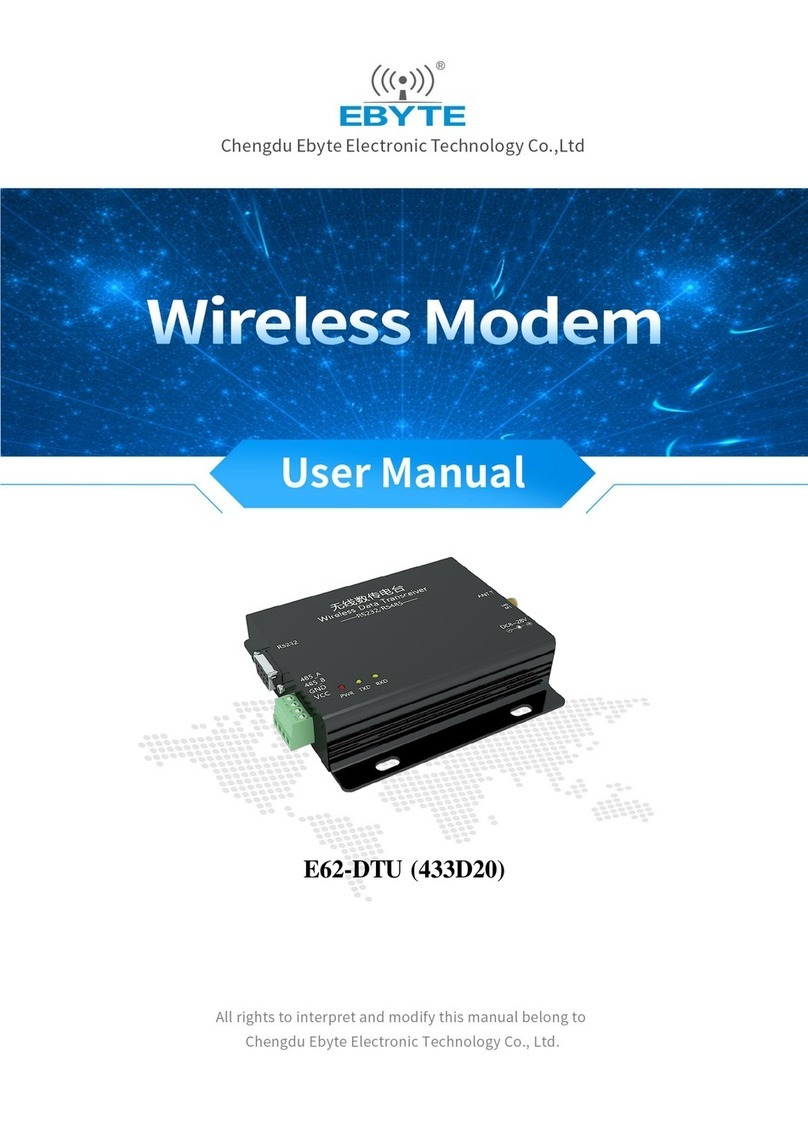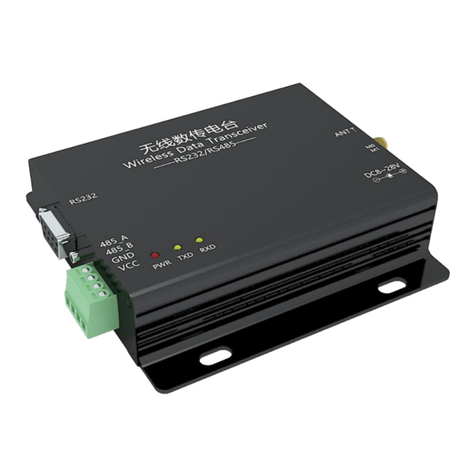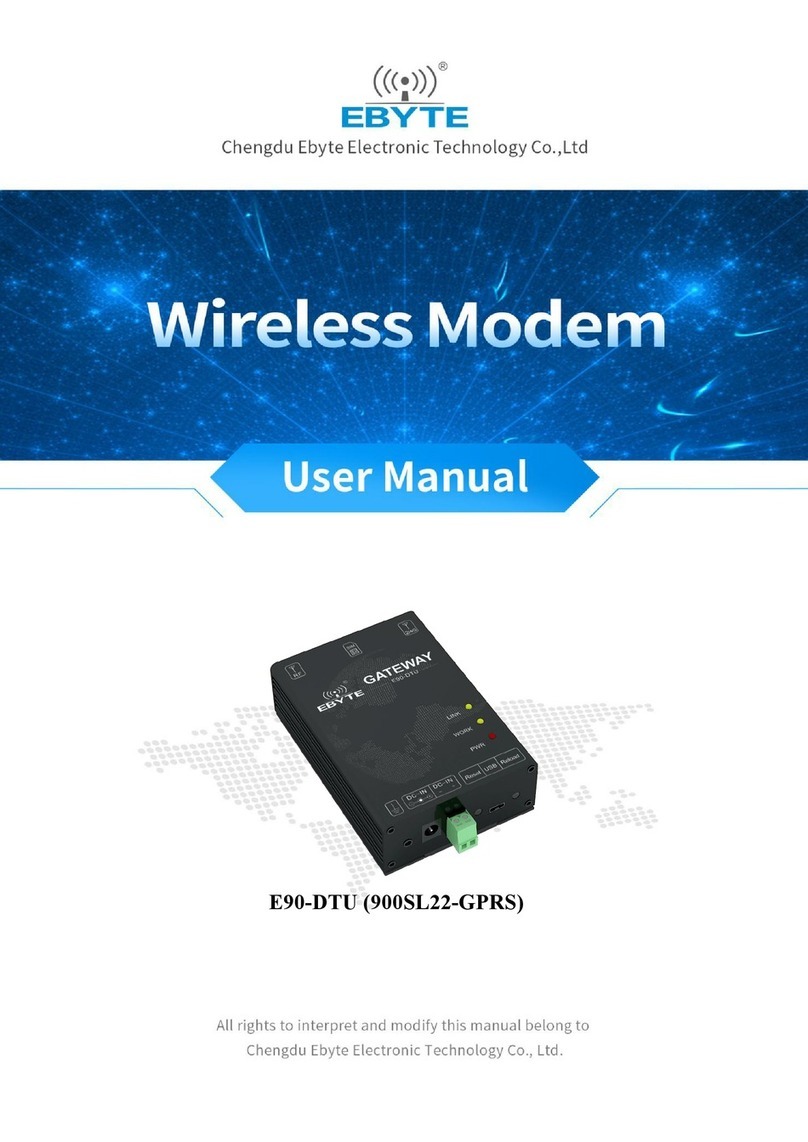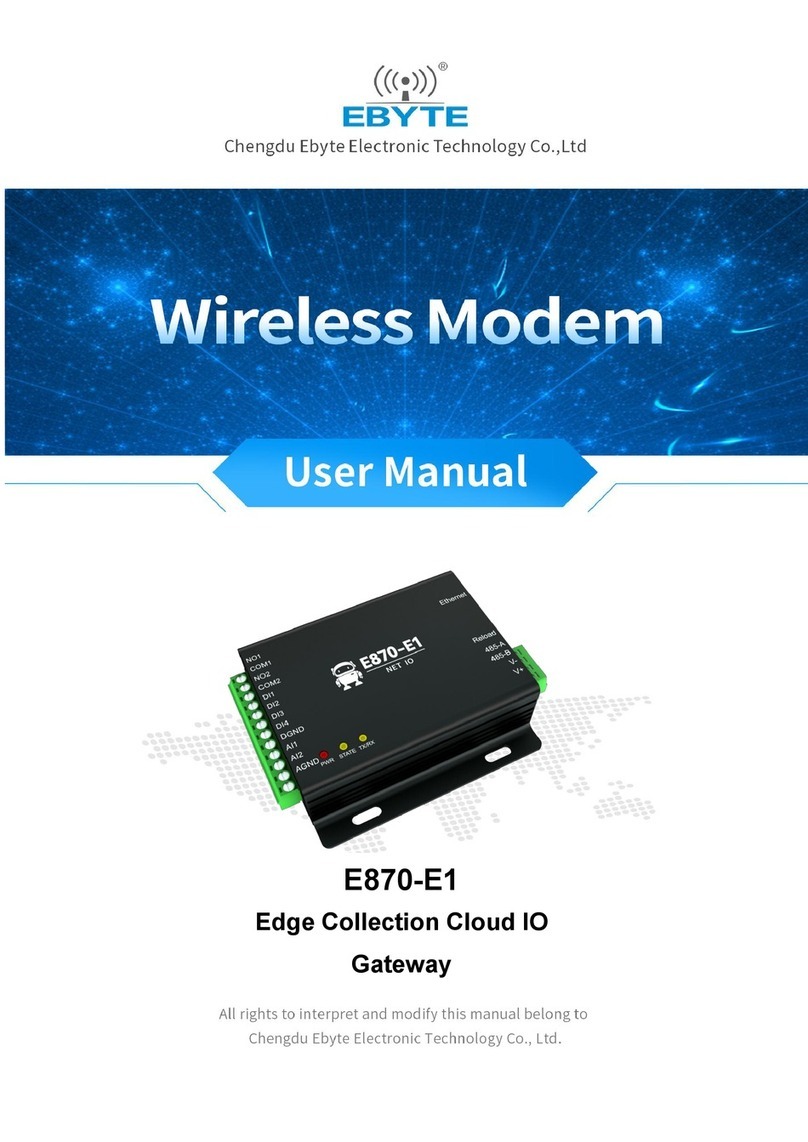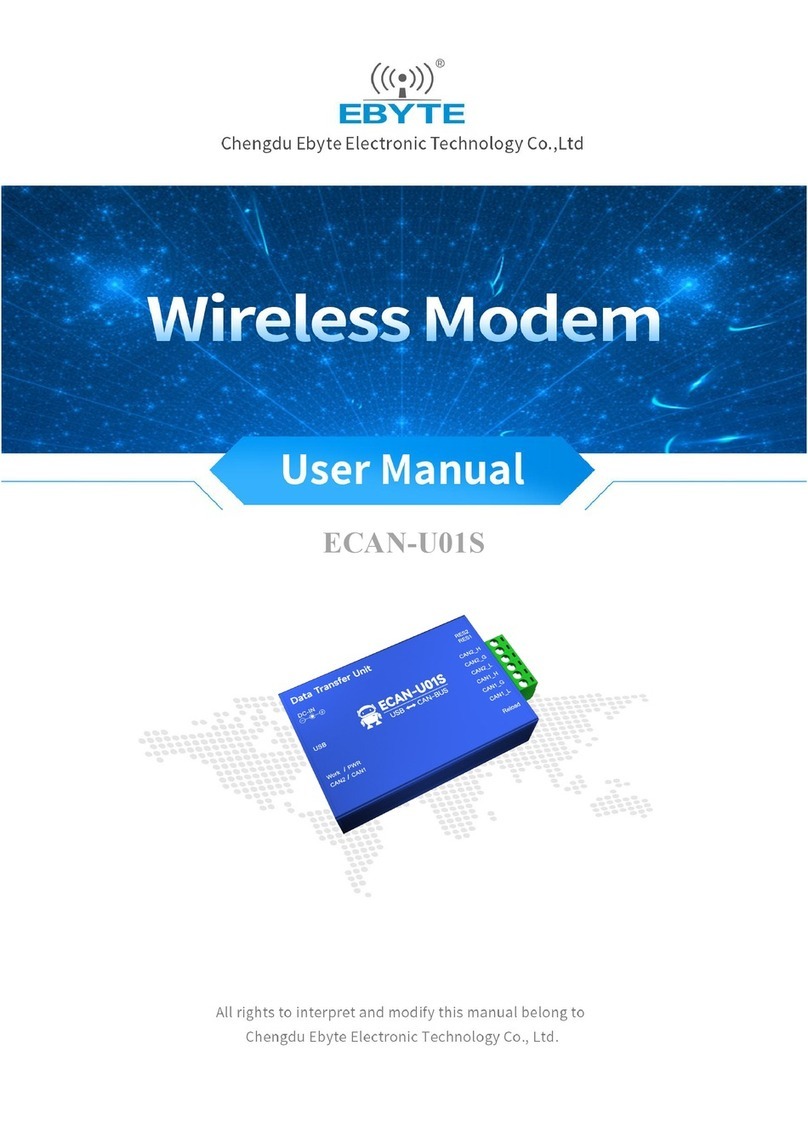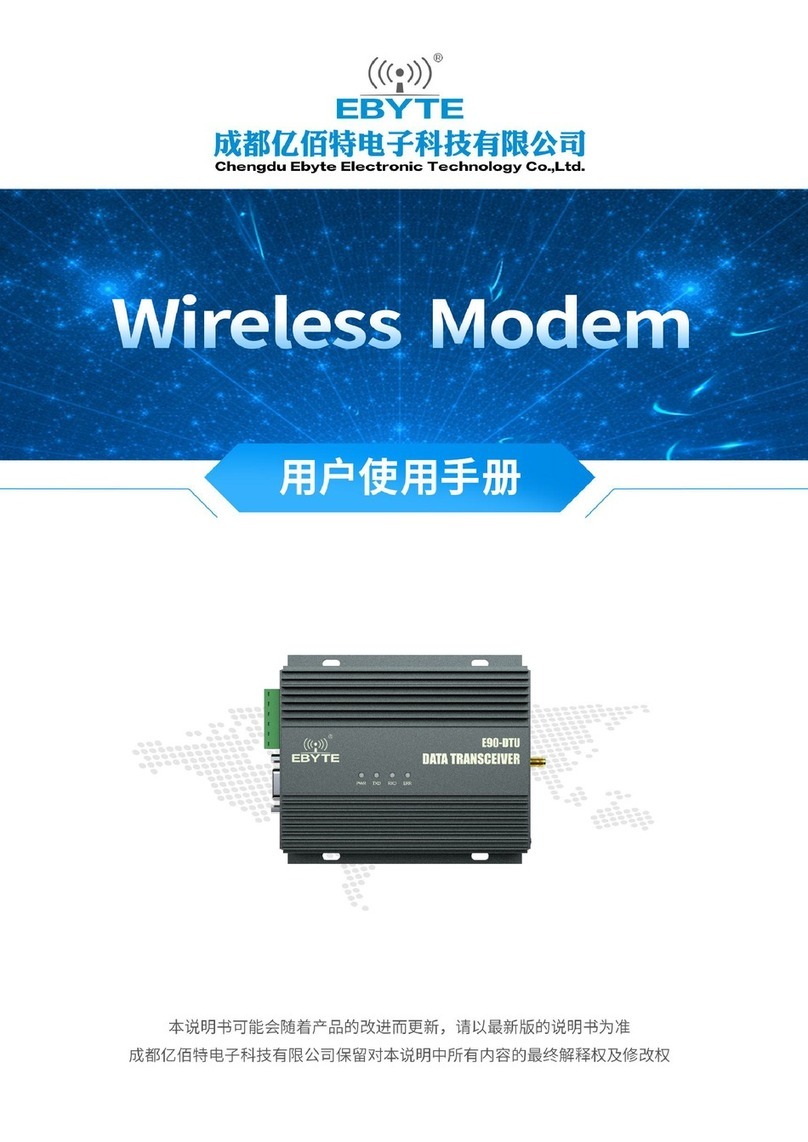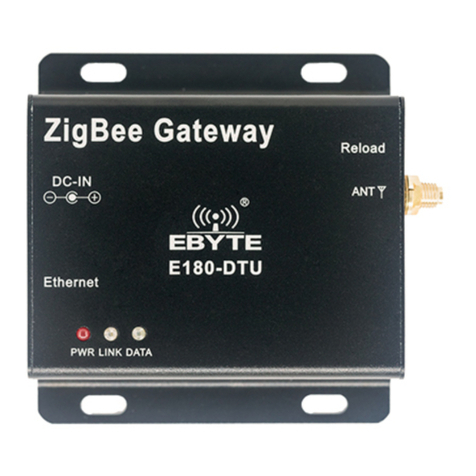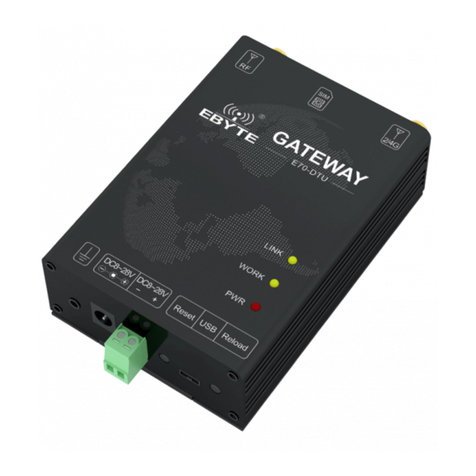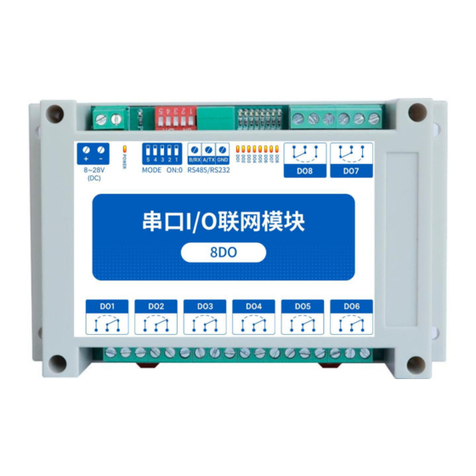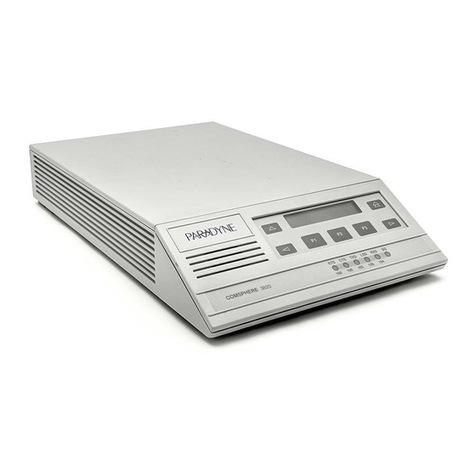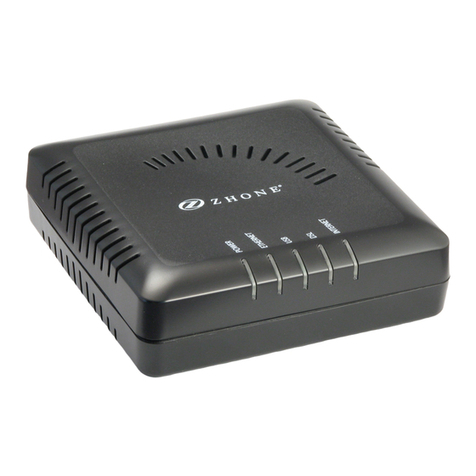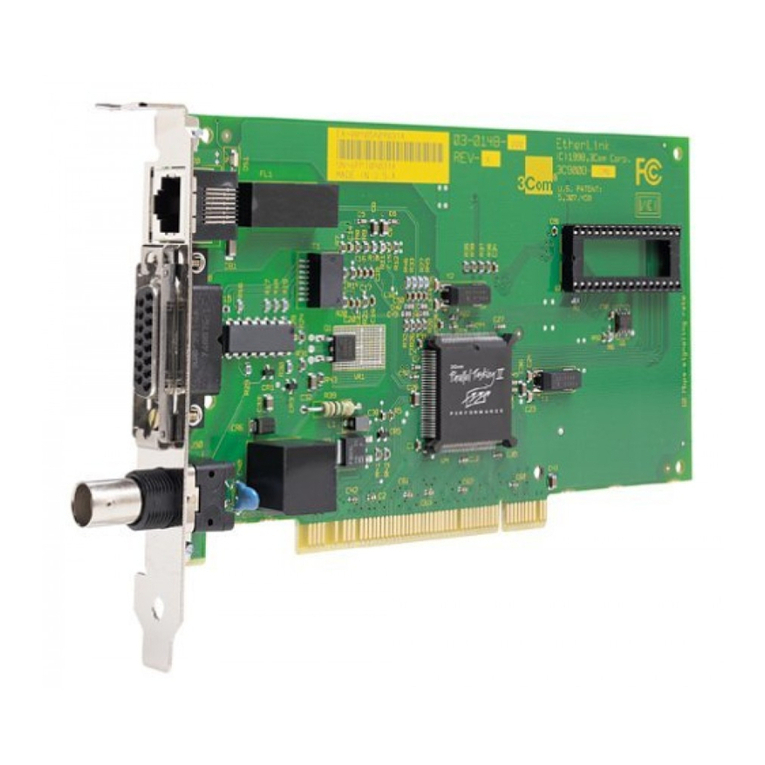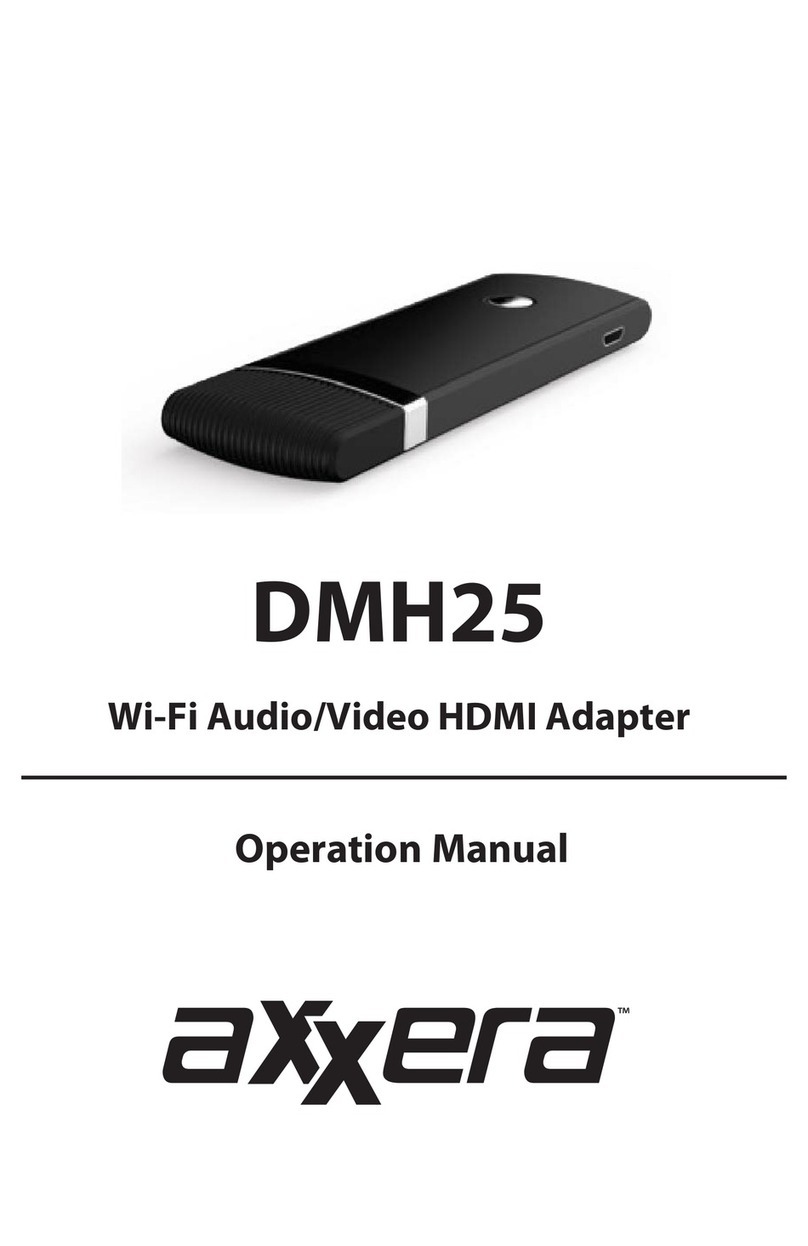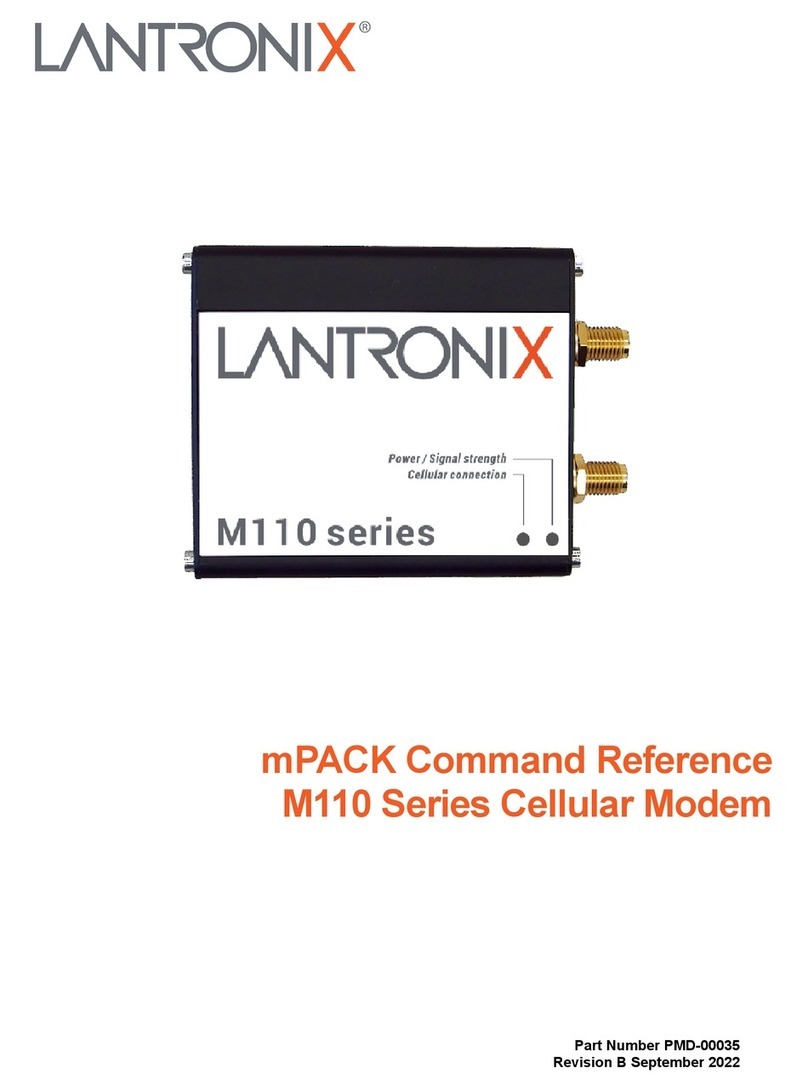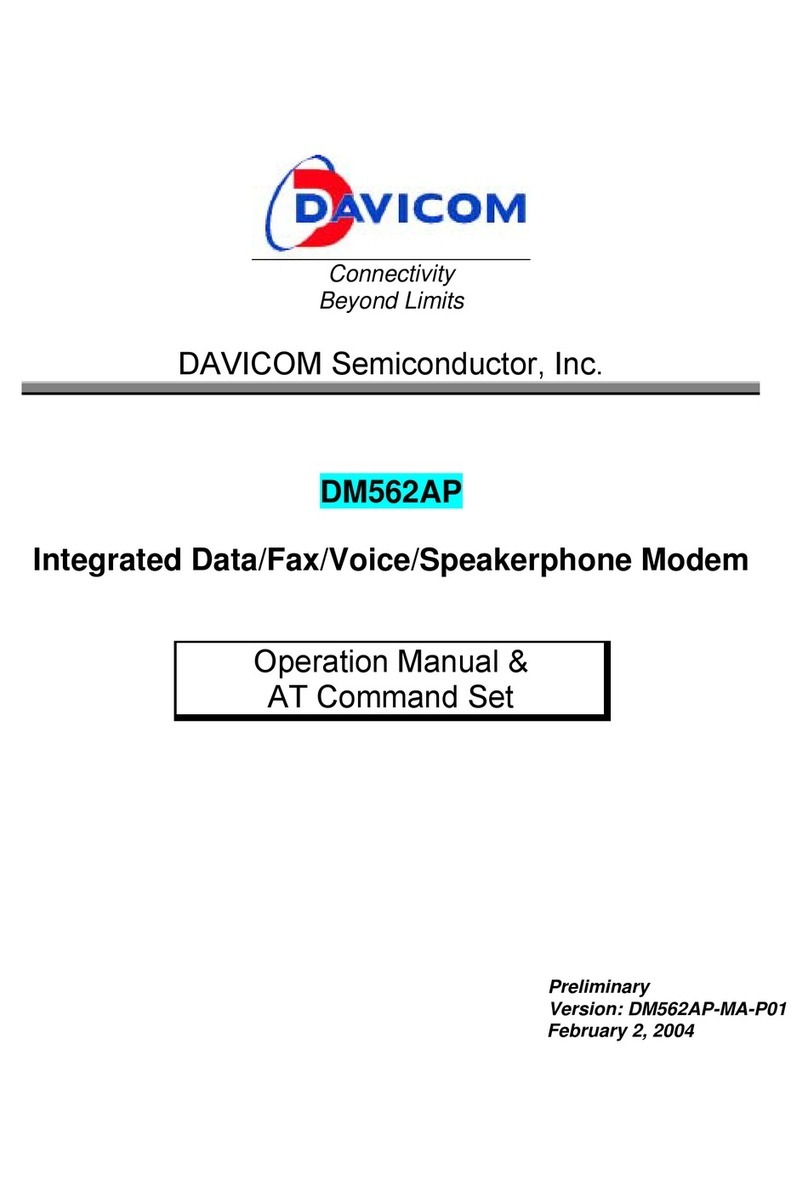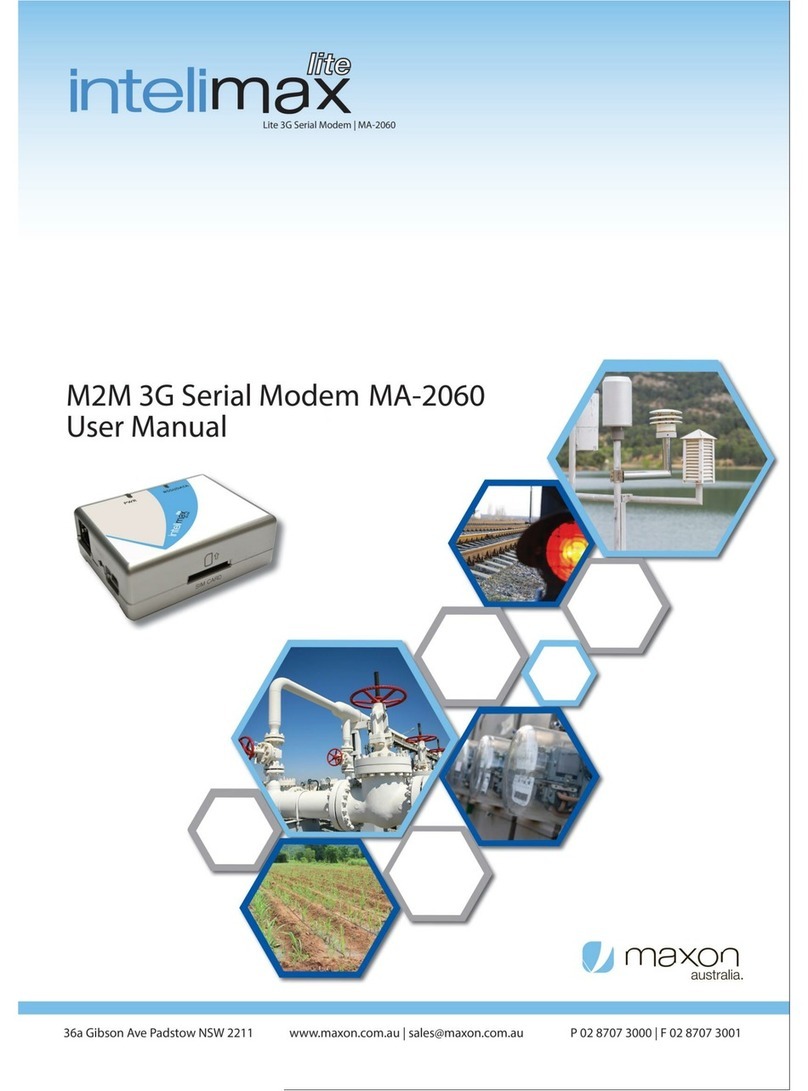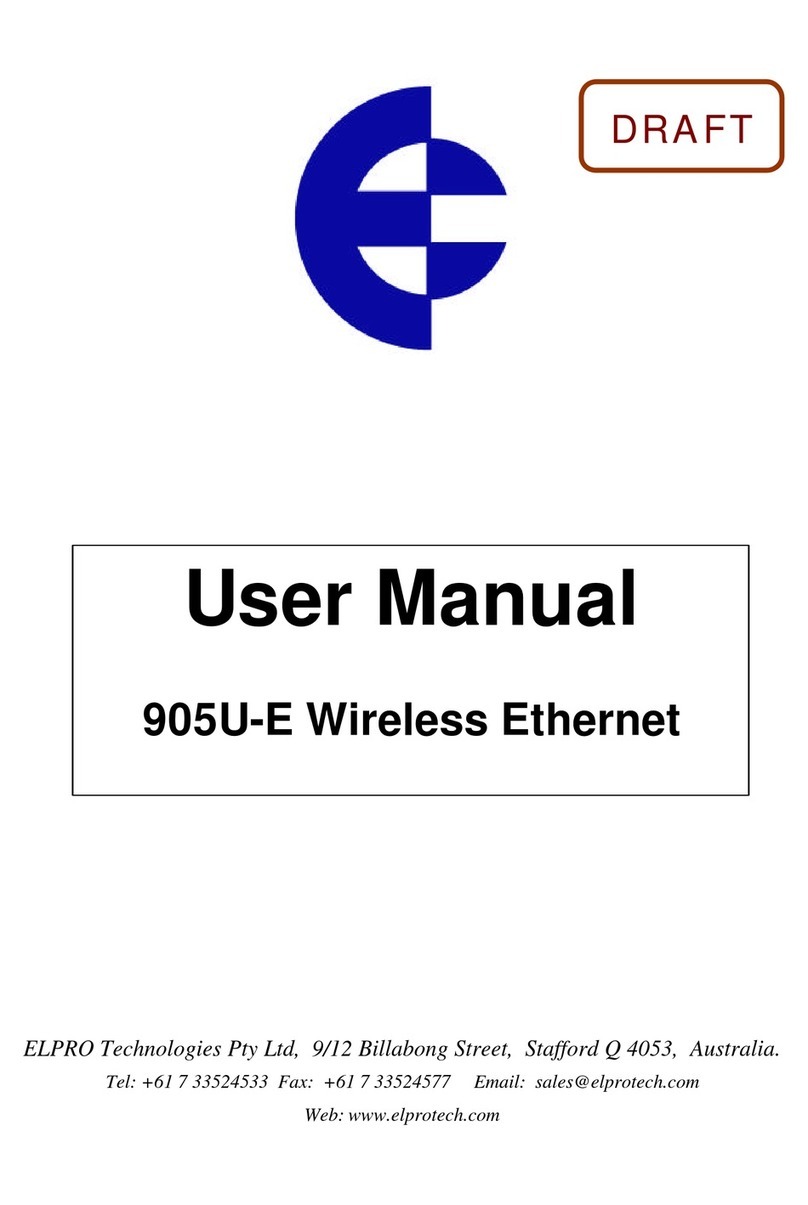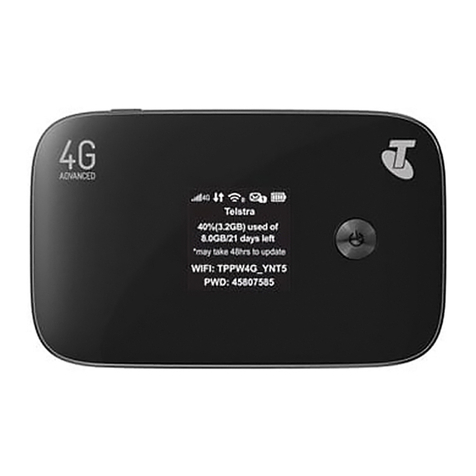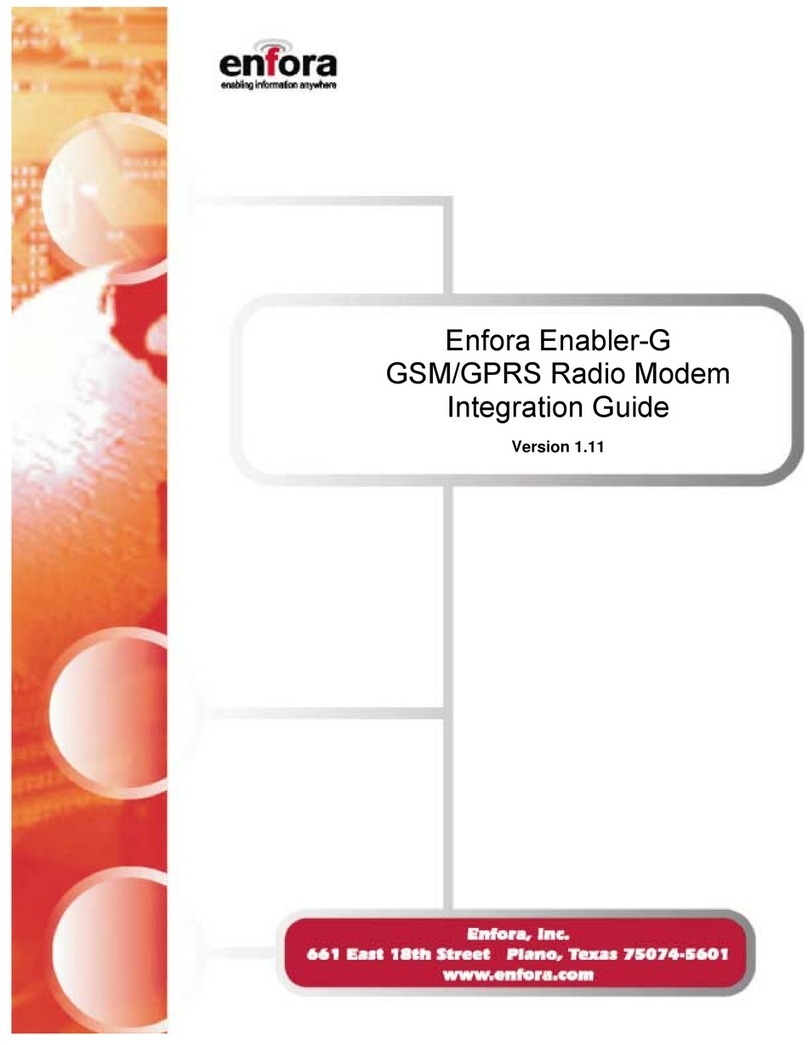
Chengdu Ebyte Electronic Technology Co.,Ltd E90-DTU(400SL44) User Manual
Copyright ©2012–2021,Chengdu Ebyte Electronic Technology Co.,Ltd
CONTENTS
1. Introduction.................................................................................................................................................................2
1.1 Brief introduction..............................................................................................................................................2
1.2 Features.............................................................................................................................................................2
2. Quick start...................................................................................................................................................................3
3. Size..............................................................................................................................................................................4
3.1 Interface and instructions..................................................................................................................................4
4. Interface definition......................................................................................................................................................6
4.1 Power interface................................................................................................................................................. 6
4.2 RS232................................................................................................................................................................6
4.3 RS485................................................................................................................................................................6
5. Technical specification............................................................................................................................................... 6
5.1 Model specification.......................................................................................................................................... 6
5.2 General specification parameter....................................................................................................................... 6
5.3 Frequency and channel numbers...................................................................................................................... 7
5.4 Transmit power................................................................................................................................................. 7
6. Function description................................................................................................................................................... 8
6.1 Fixed Transmission (HEX)...............................................................................................................................8
6.2 Broadcast Transmission (HEX)........................................................................................................................9
6.3 Broadcast Address............................................................................................................................................ 9
6.4 Monitor Address............................................................................................................................................... 9
7. Operating mode.........................................................................................................................................................10
7.1 General mode..................................................................................................................................................10
7.2 Configuration mode........................................................................................................................................10
8. Register read and write control.................................................................................................................................11
8.1 Command format............................................................................................................................................ 11
8.2 Register description........................................................................................................................................ 11
8.3 Factory default parameter...............................................................................................................................14
9. Repeater networking mode.......................................................................................................................................15
10. Configuration instructions on computer.................................................................................................................16
11. E90-DTU.................................................................................................................................................................17
12. Application field..................................................................................................................................................... 18
13. Notes for use........................................................................................................................................................... 20
Important statement...................................................................................................................................................... 21
Revision history............................................................................................................................................................ 21
About us........................................................................................................................................................................ 21
